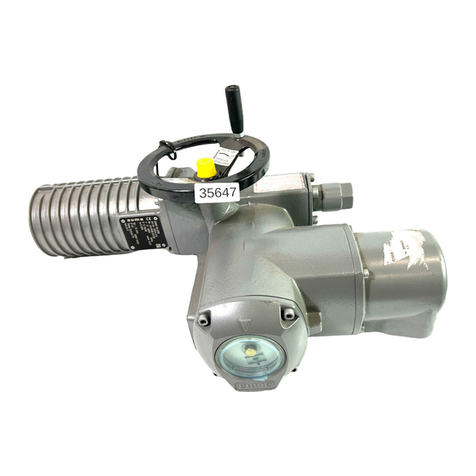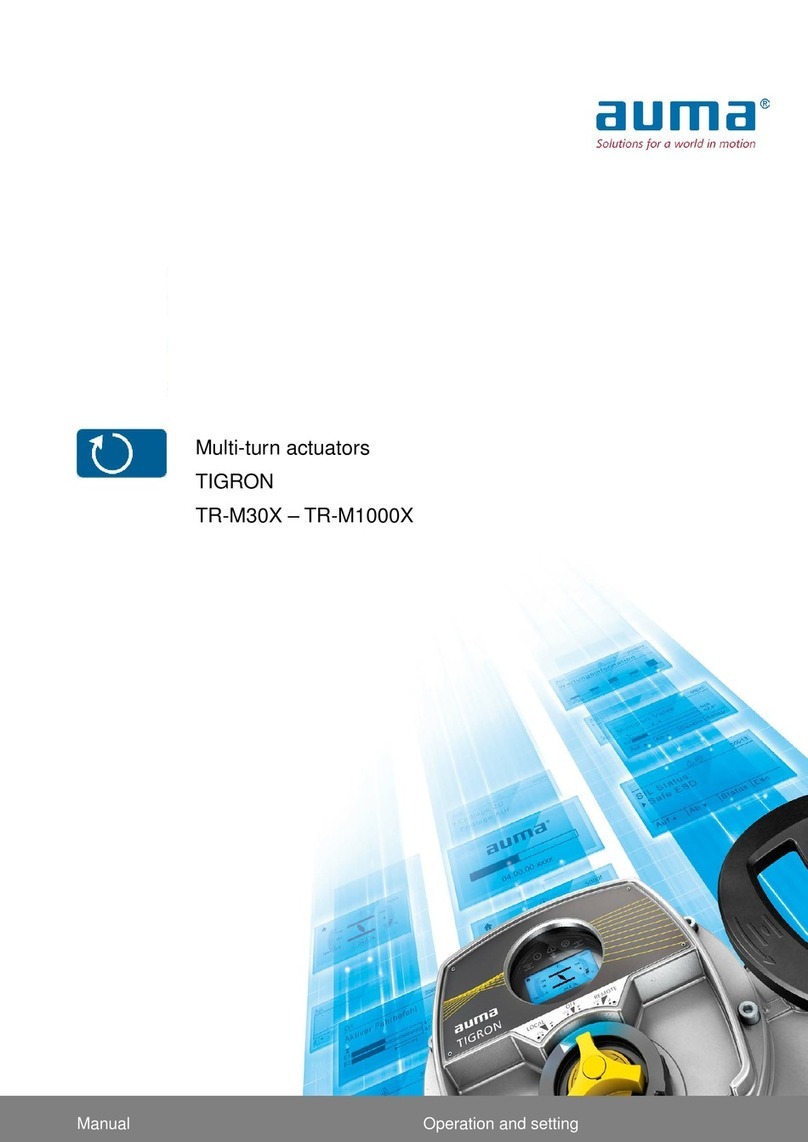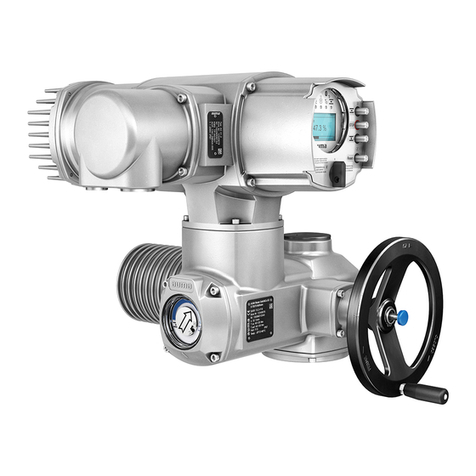AUMA SAEx 25.1 User manual




















Other manuals for SAEx 25.1
3
This manual suits for next models
13
Table of contents
Other AUMA Controllers manuals
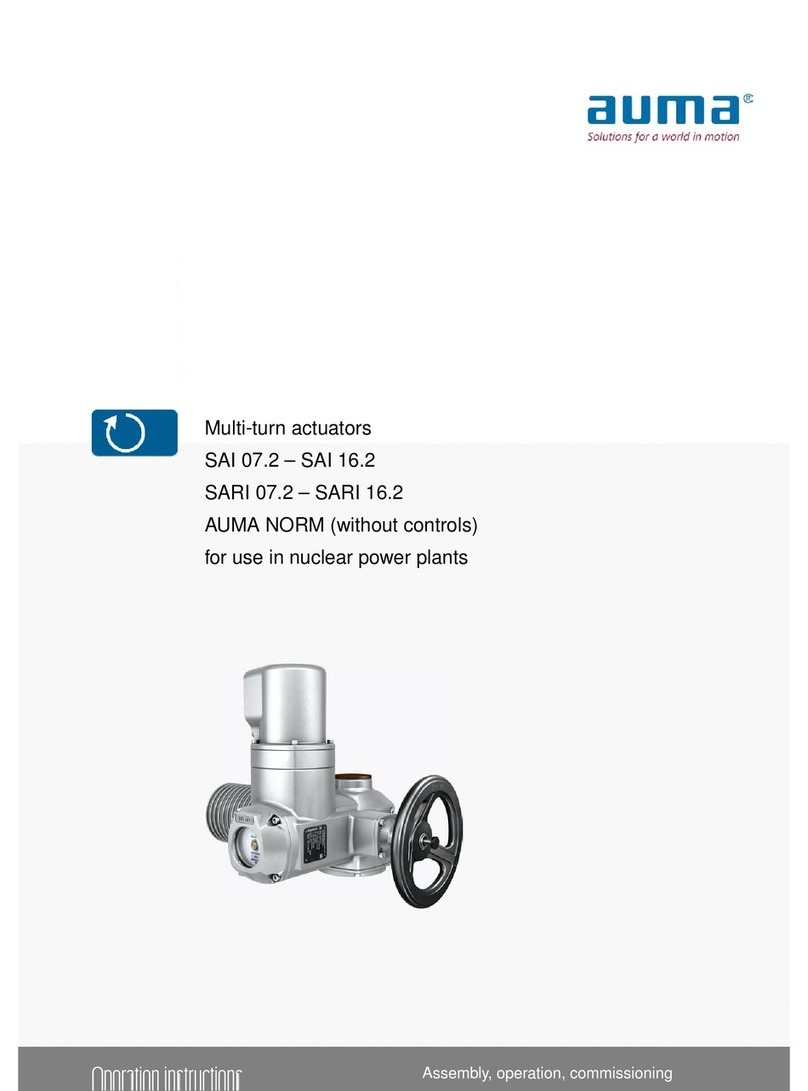
AUMA
AUMA SAI 07.2 User manual
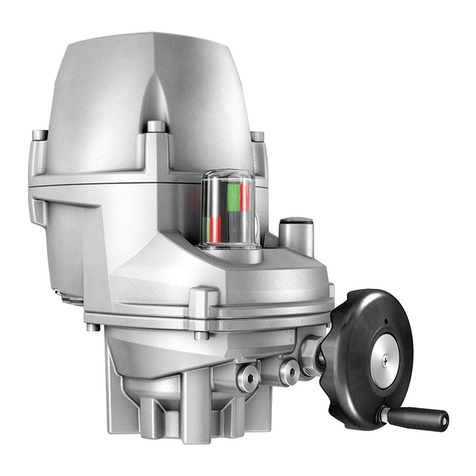
AUMA
AUMA PROFOX PF-Q80 User manual

AUMA
AUMA PROFOX PF-M25 User manual

AUMA
AUMA NORM Series User manual
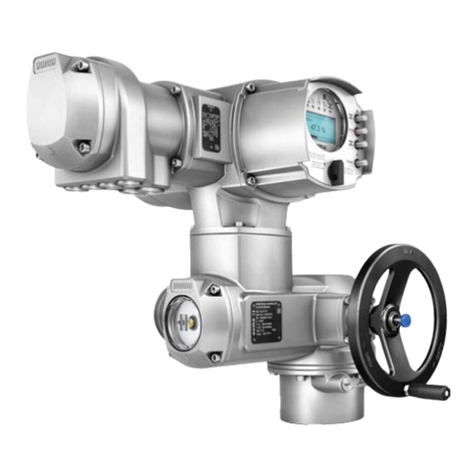
AUMA
AUMA SQ 05.2 User manual
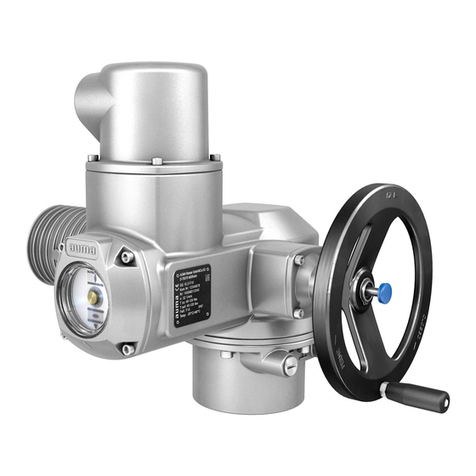
AUMA
AUMA NORM SQ 05.2 Administrator Guide
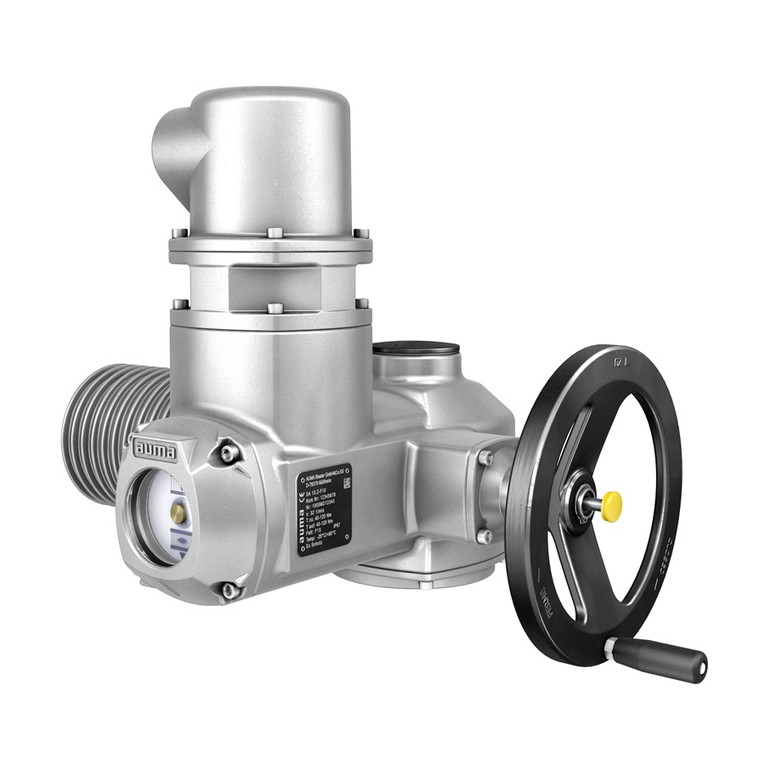
AUMA
AUMA SAEx 07.2 User manual
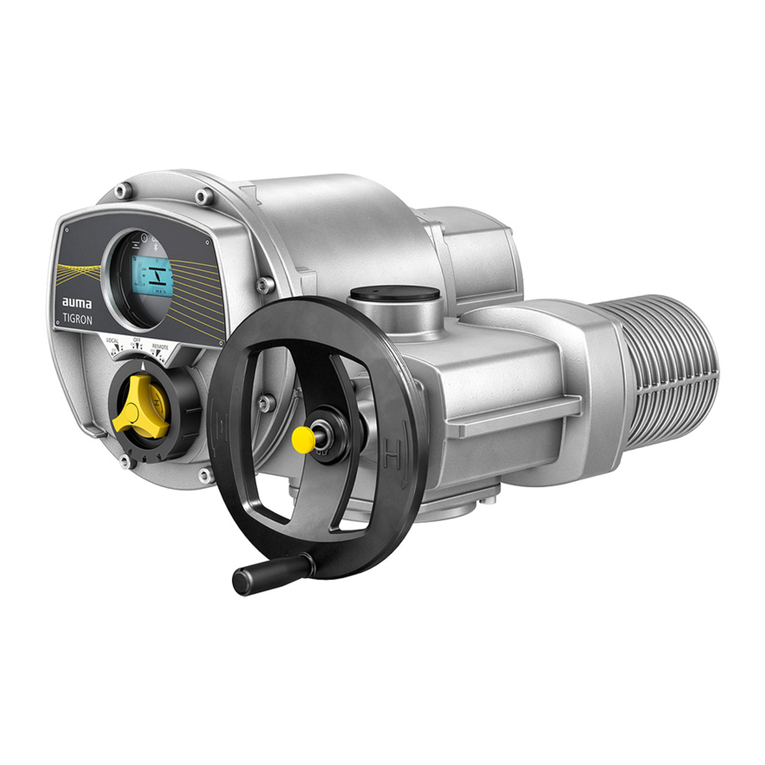
AUMA
AUMA TIGRON TR-M30X Manual
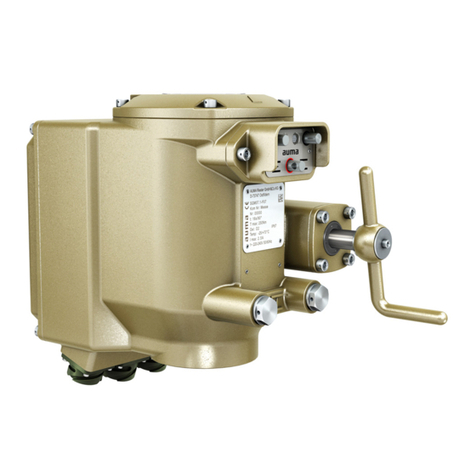
AUMA
AUMA SGM Series User manual

AUMA
AUMA SAEx 25.1 User manual
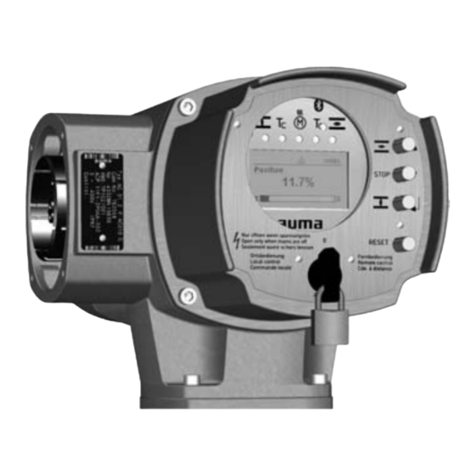
AUMA
AUMA AUMATIC AC 01.2 User manual

AUMA
AUMA SGR 05.1 User manual
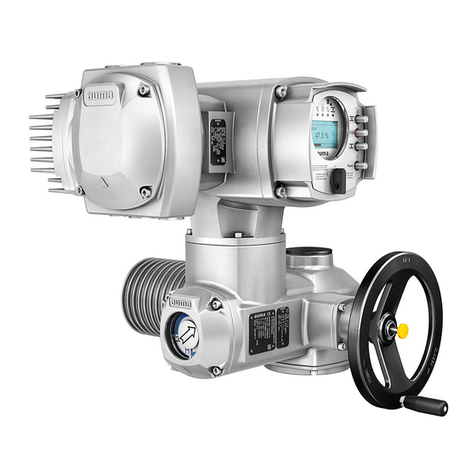
AUMA
AUMA SA Series User manual
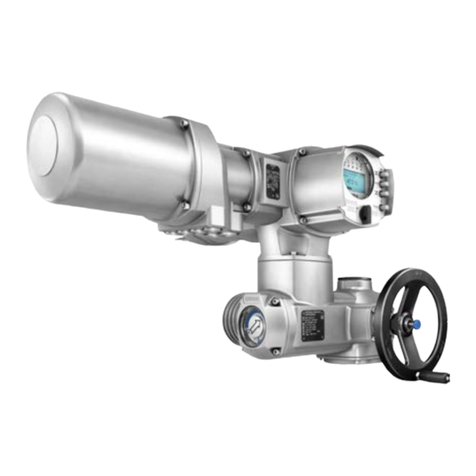
AUMA
AUMA SAV Series User manual
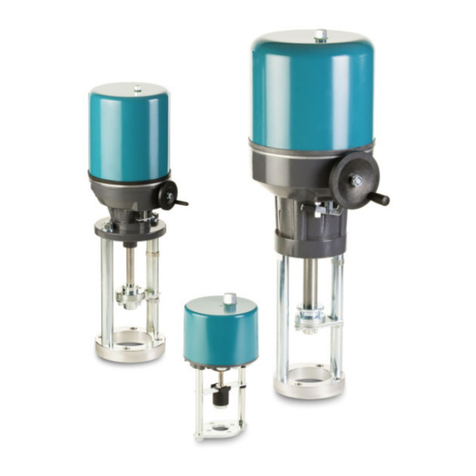
AUMA
AUMA SBA 12 User manual
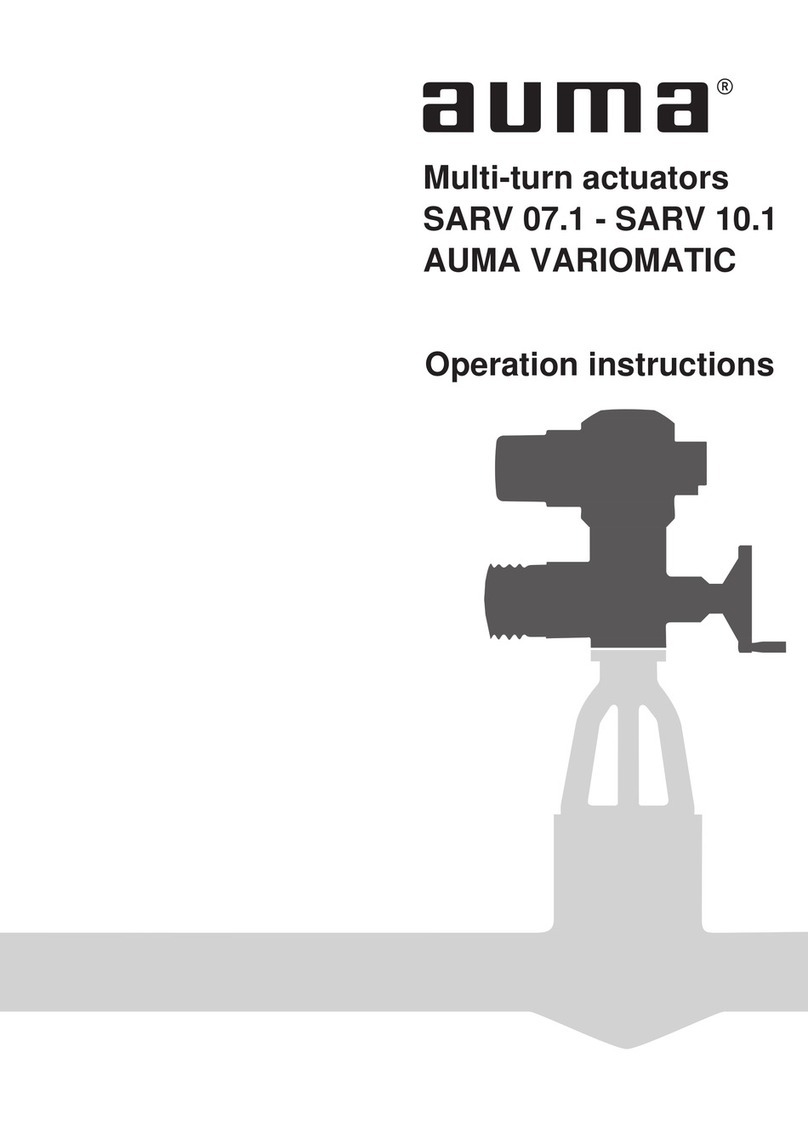
AUMA
AUMA VARIOMATIC SARV 10.1 User manual

AUMA
AUMA SAEx 07.2 User manual

AUMA
AUMA SAEx 07.2 User manual
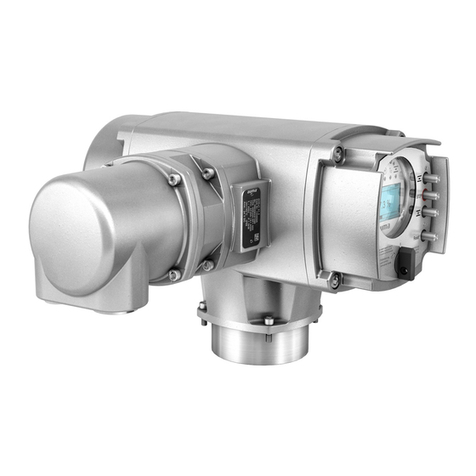
AUMA
AUMA ACVExC 01.2 Series Manual

AUMA
AUMA TIGRON TR-M30X Manual
Popular Controllers manuals by other brands
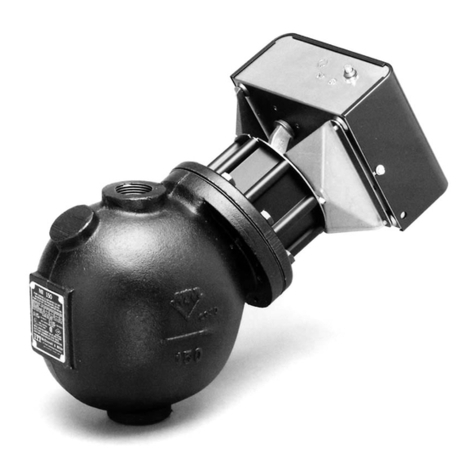
McDonnell & Miller
McDonnell & Miller 150E Series Installation & maintenance instructions
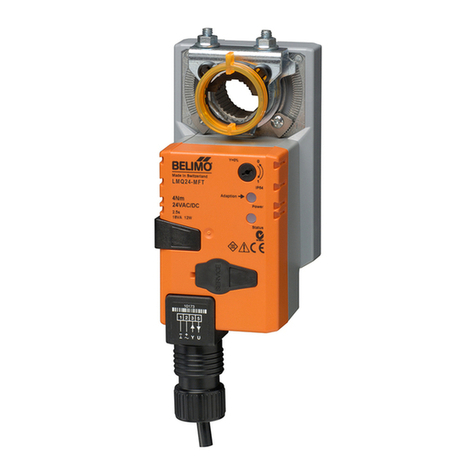
Belimo
Belimo LMQB24-MFT Technical data
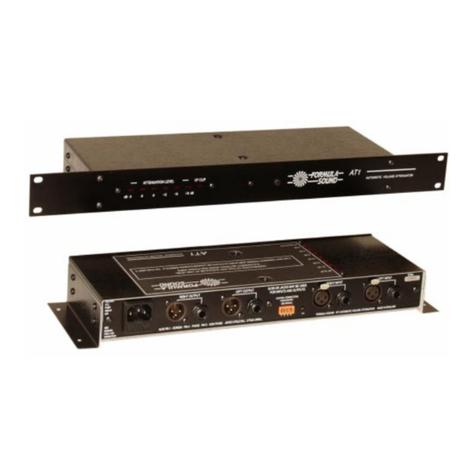
Formula Sound
Formula Sound AT-1 user manual

Heatcraft Refrigeration Products
Heatcraft Refrigeration Products H-IM-79D Installation & operation manual
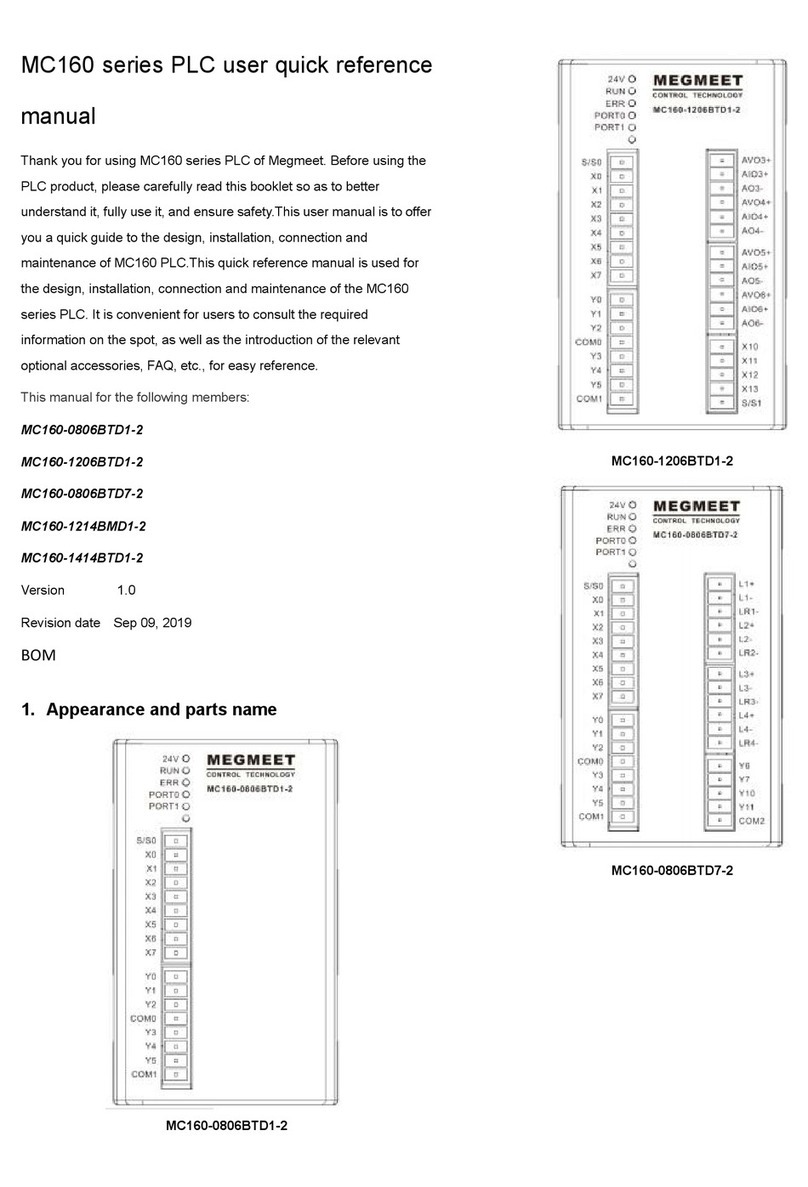
Megmeet
Megmeet MC160 PLC Series User quick reference manual
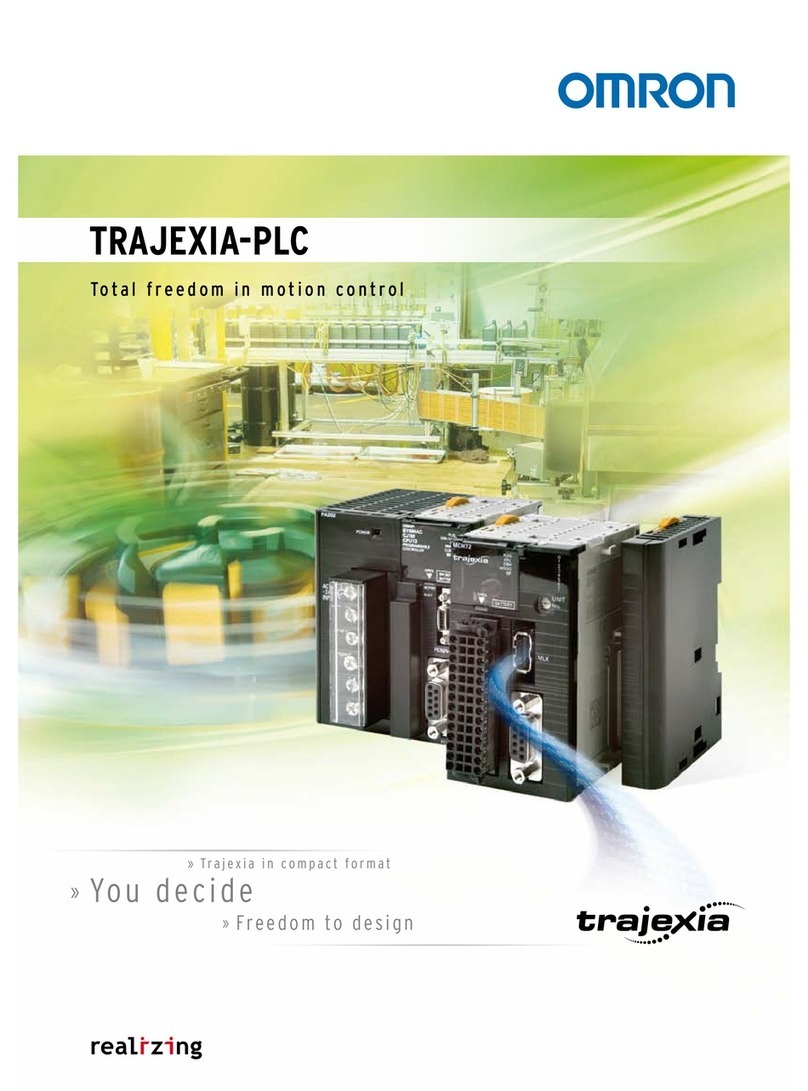
Omron
Omron TRAJEXIA-PLC manual
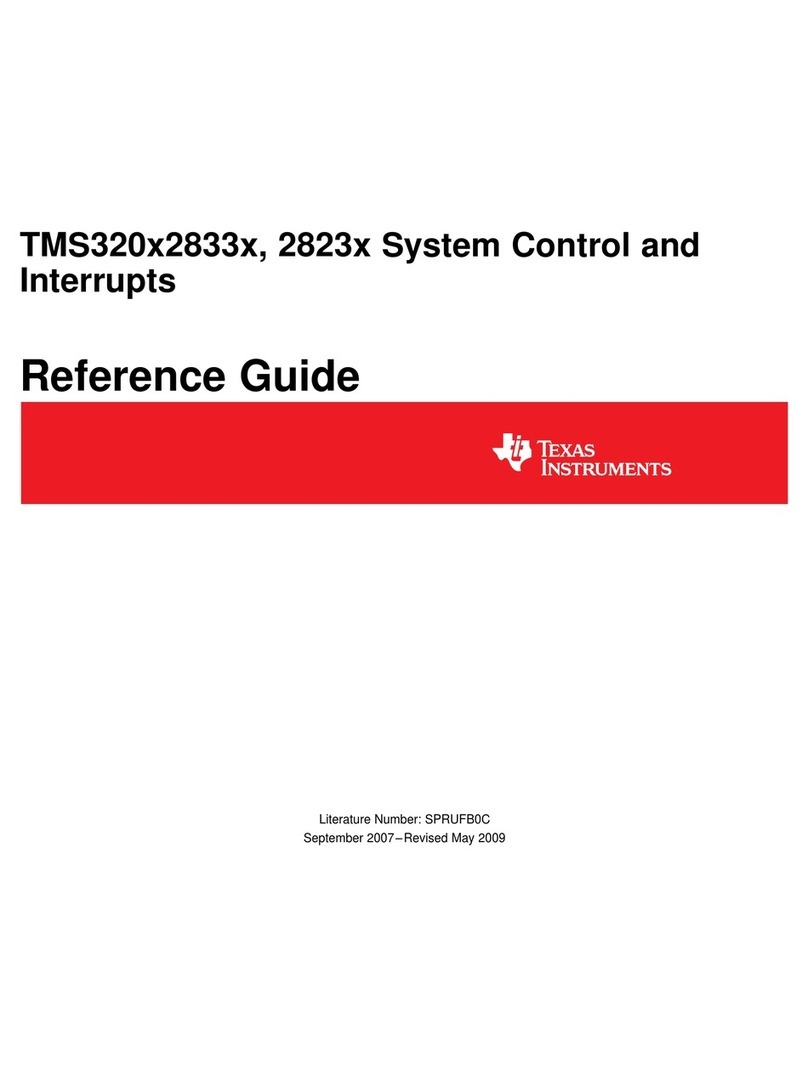
Texas Instruments
Texas Instruments TMS320x2833 series reference guide
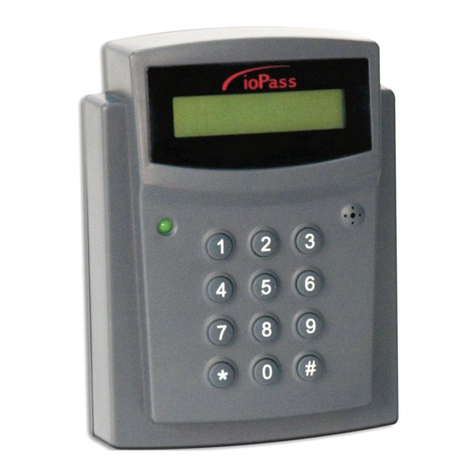
Kantech
Kantech IoPass SA-500 installation manual
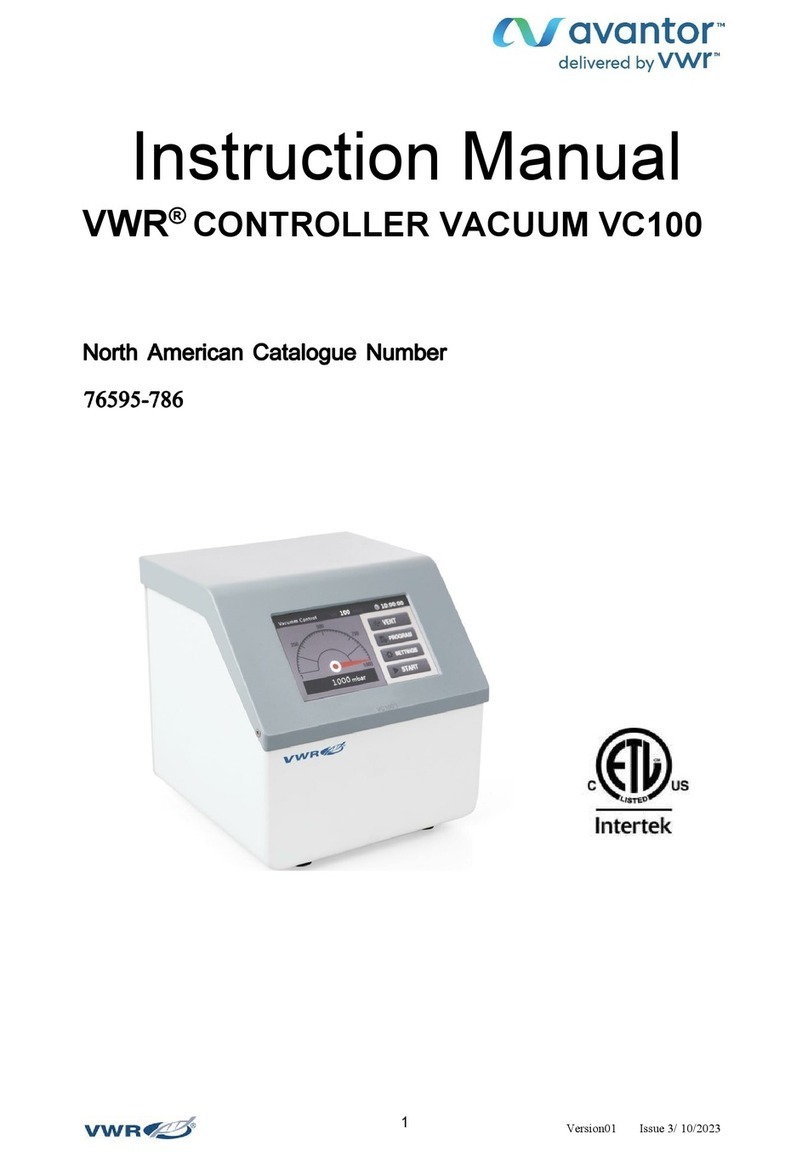
avantor
avantor VWR VC100 instruction manual
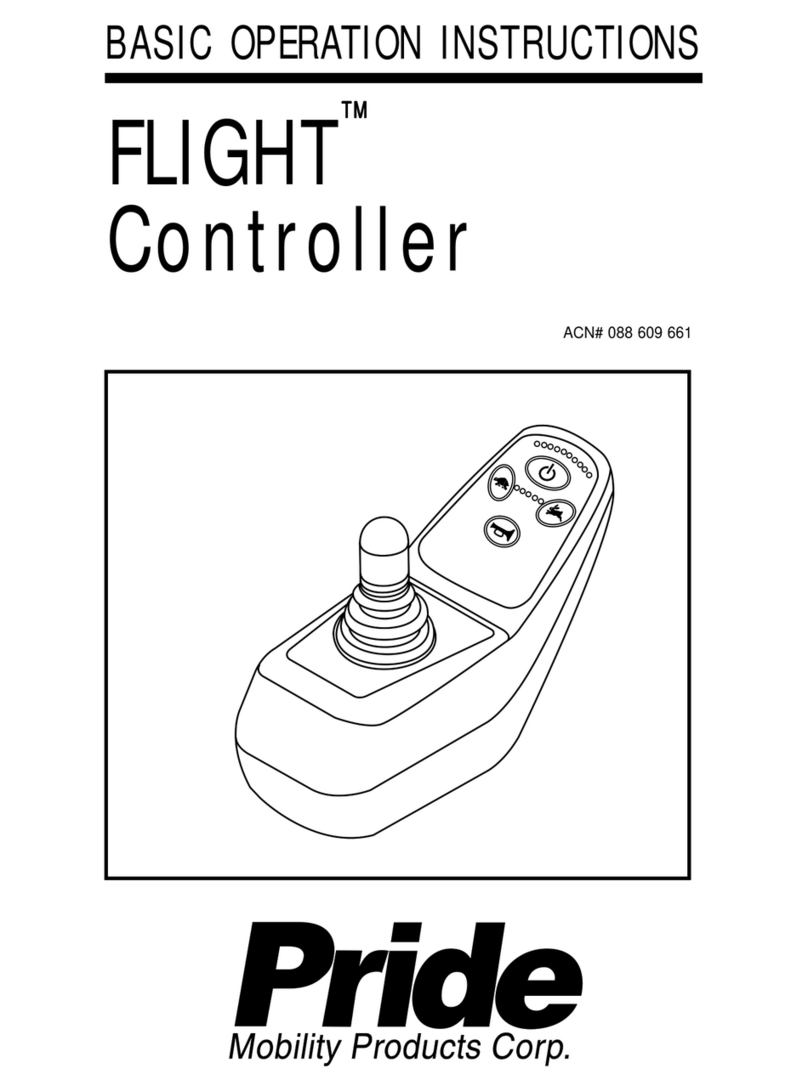
Pride Mobility
Pride Mobility Controller Flight Basic operation instructions
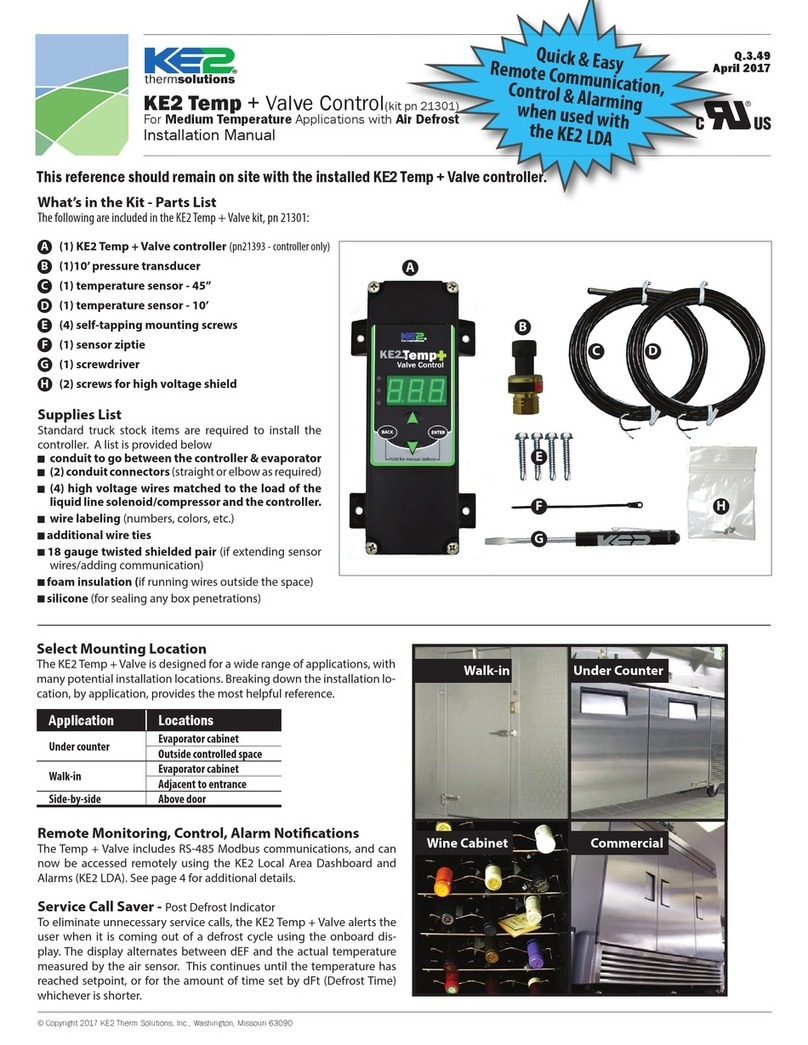
KE2 Therm Solutions
KE2 Therm Solutions Temp+Valve installation manual
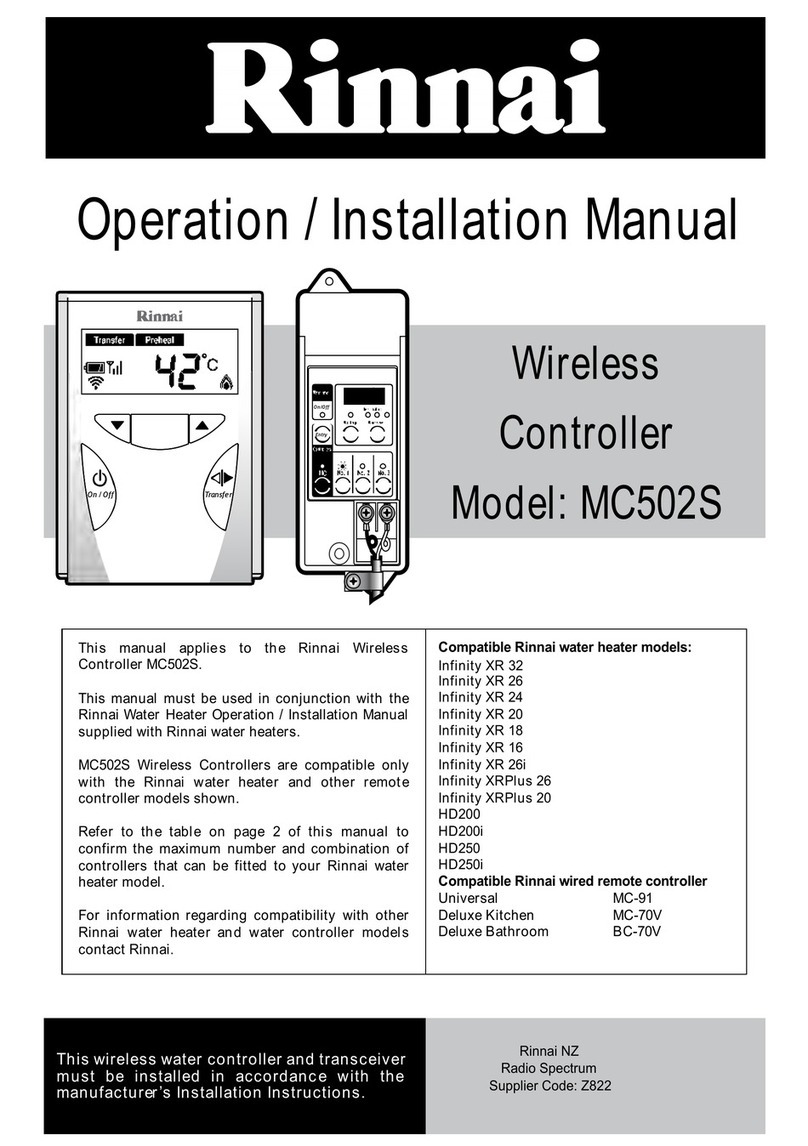
Rinnai
Rinnai MC502S Operation & installation manual
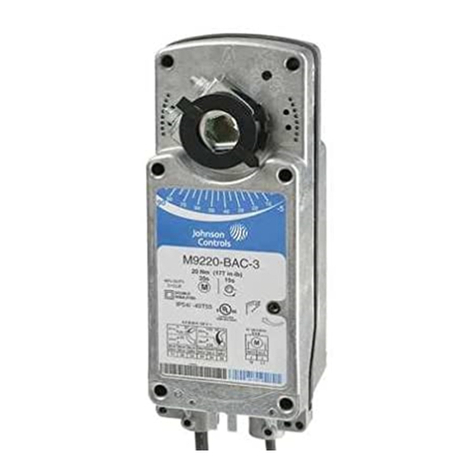
Johnson Controls
Johnson Controls M9220-GG-3 Series installation guide
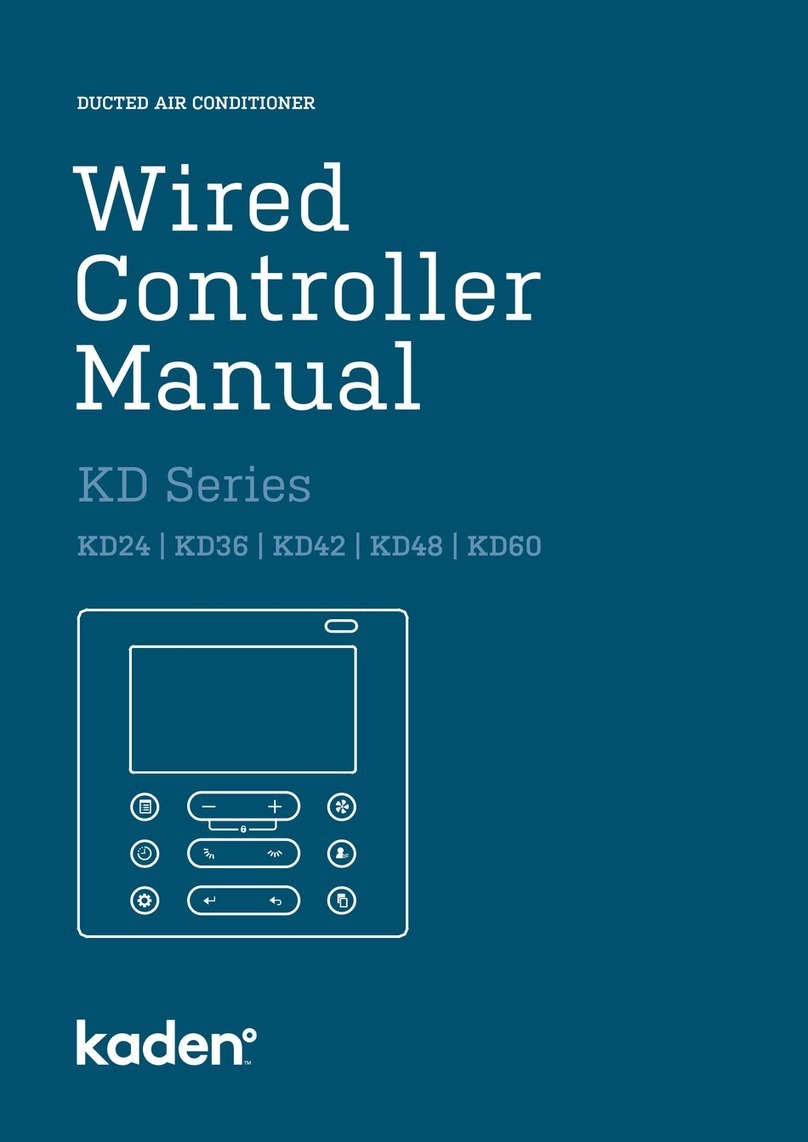
Kaden
Kaden KD Series manual
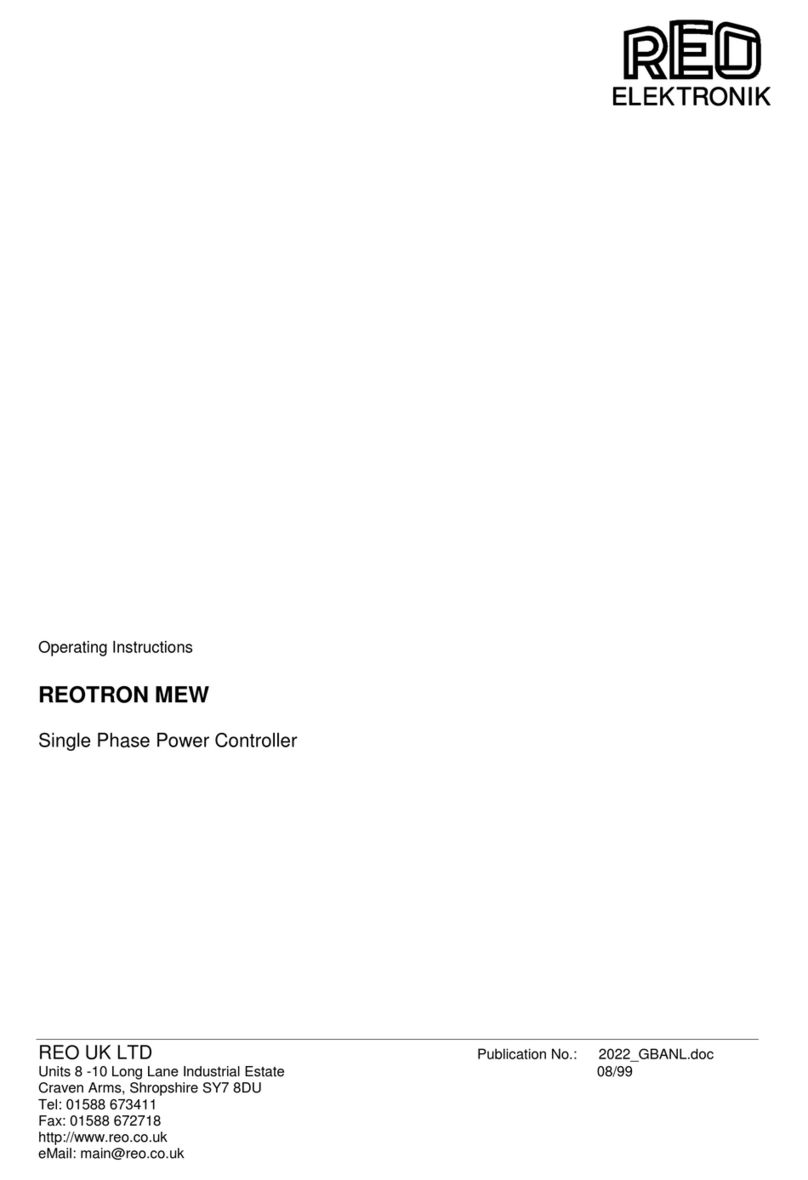
Reo Elektronik
Reo Elektronik REOTRON MEW operating instructions
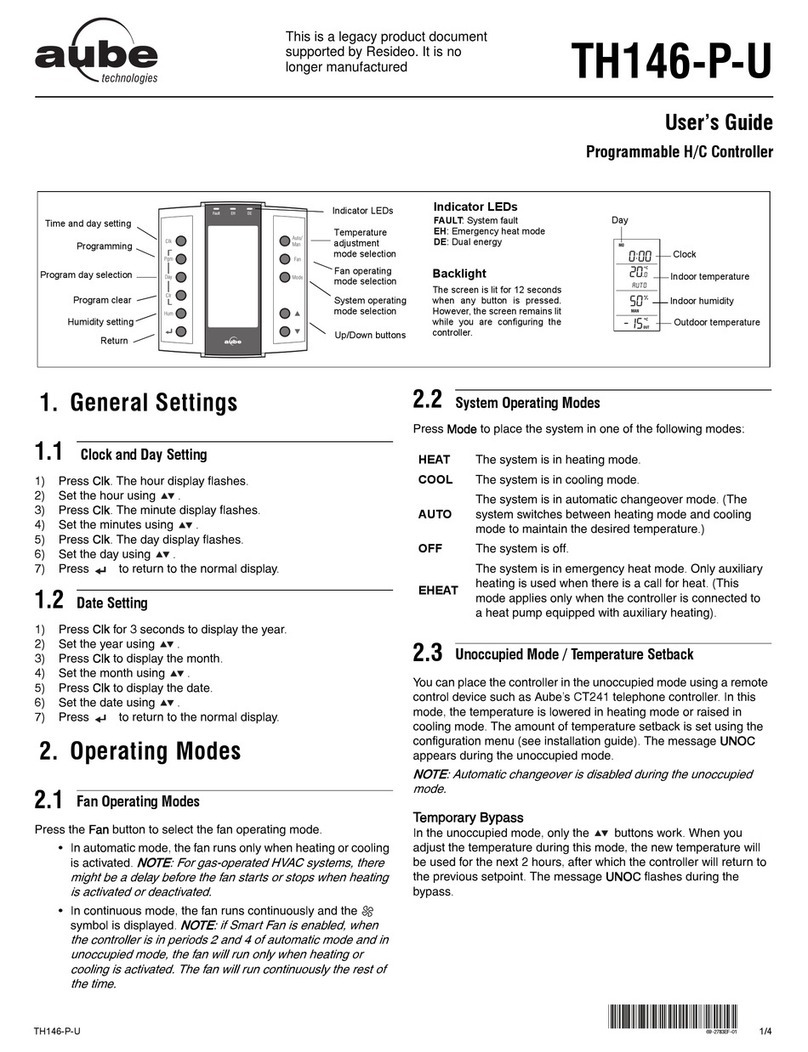
Aube Technologies
Aube Technologies TH146-P-U user guide
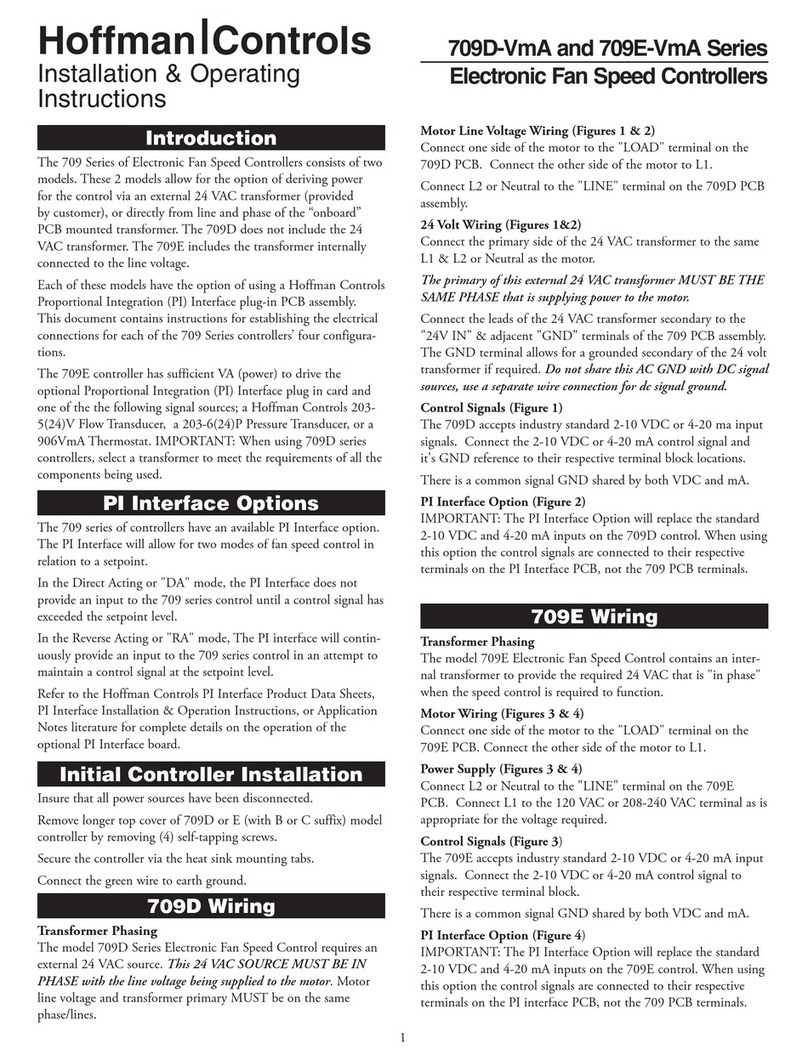
Hoffman
Hoffman 709D-VmA Series Installation and operating instructions
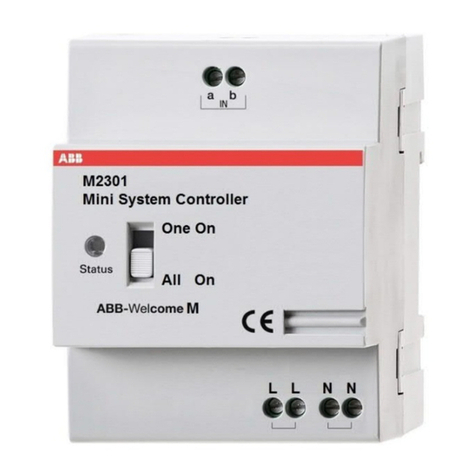
ABB
ABB M2301 product manual
